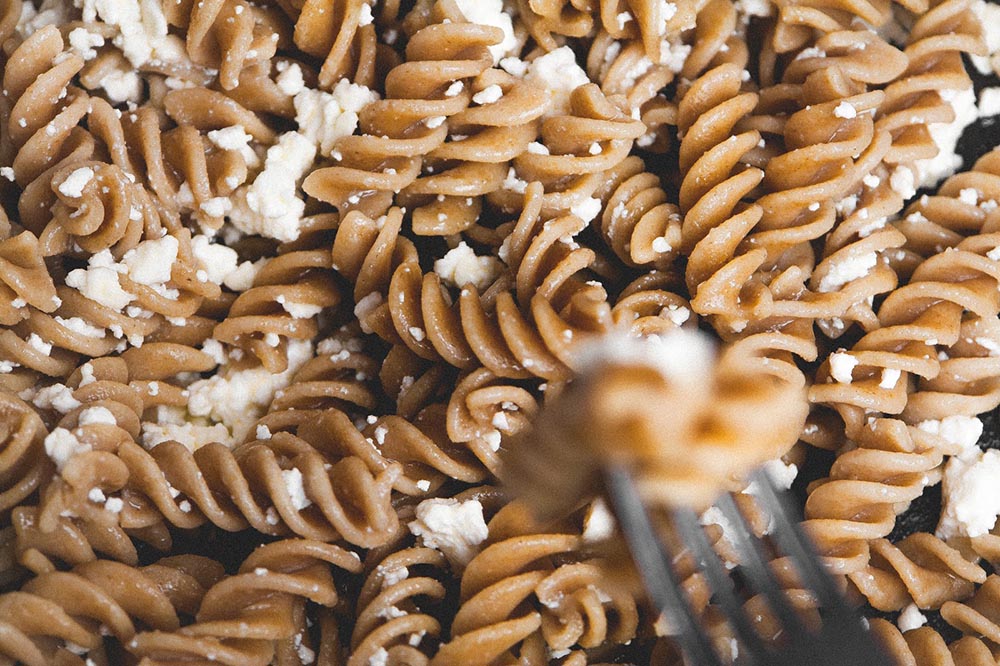Why Carbohydrate Counting Can Be Good For Diabetics

Carbohydrate counting may sound like a fairly foreign term to most of us, but it is extremely important for people living with type one and type two diabetes. Even if you do not have diabetes, this meal planning tool can be useful for you to take note of your daily food and nutrients intake so that you can avoid developing diabetes. Some of the reasons why it is important to include the fact that carbohydrates greatly affect your blood sugar levels. The very first step is in knowing what are the good and bad carbohydrates that you are currently consuming. This article will give you all the information you’ll need to know about the foods you should and should not eat as well as why carbohydrate counting is good for you. Read on to find out more about what diet plans are suitable for your health in the long run.
Which Foods Contain Carbohydrates?
We often do not know what types of vitamins and nutrients we are eating on a daily basis but when it comes to carbohydrates, it is fairly easy to recognize what type of foods contain them. Some common food items that contain carbohydrates are grains, fruits, dairy products, legumes, snack foods, juices, soft drinks, energy drinks, and vegetables. We’re sure that you can easily identify most of them from your grocery list but it is imperative to know that not all of these items are good for you. If you are watching your blood sugar level and want it to decrease or maintain, you should definitely avoid anything with added sugars. Foods like sweets, cakes, energy drinks and fruit juices with added sugar all contribute towards raising your blood sugar level. Besides those, you will be glad to know that plenty of meat, fish, poultry, and cheese do not contain carbohydrates so be sure to adjust your diet to exclude carbohydrate-rich foods the next time you stock up your kitchen.
What Happens When You Eat Foods containing Carbohydrates?
Whenever you eat, your body digests the food in various stages. The digestive system works to break the sugars and starches in foods that contain carbohydrates to produce glucose. The insulin in your body then aids cells in your body in absorbing glucose and in turn, raising your blood glucose levels. For people with type one and type two diabetes, your insulin sensitivity may be relatively low such that your body produces more insulin than needed, thus causing your blood sugar to rise infinitely. This is if precaution is not taken with respect to your daily food intake.

How Can Carbohydrate Counting Help You?
With carbohydrates being one of the main culprits in raising your blood sugar levels, carbohydrate counting will impede the development of diabetes by maintaining your blood glucose levels. This is beneficial for you as you can stay healthy longer and avoid problems like kidney disease, blindness and nerve damage, among other ailments. Besides carbohydrate counting, you may also need diabetes medicines and insulin shots to further help you to keep a healthy blood sugar level.
How Many Carbohydrates Do You Need Each Day?
When it comes to how much carbohydrates and other nutrients a person need for their daily intake, it varies and depends on each person. There is no set number that you can follow but experts recommend that the amount of carbohydrates most people should consume is between 45 and 65 percent of total calories. This depends on how regularly you work out and how many calories you require to get energy. In general, one gram of carbohydrate equates to around four calories so carbohydrate counting is fairly simple; just divide the number of calories you want to get from carbohydrates by four to keep track of the number of grams you are consuming. Be sure to keep a list of what you eat throughout the day so that you can take note of your carbohydrates intake.
How Can You Find Out How Much Carbohydrate is in the Foods You Eat?
This can be tricky if you are not used to buying foods with nutrition labels attached to them. However, fret not for common foods like a slice of bread, ⅓ cup of pasta or rice and ½ cup of canned or fresh fruit contain around 15 grams of carbohydrate. It will get easier to calculate once you get the hang of it and know what are the usual foods you consume; definitely research online if you are unsure. For food items with nutrition labels, all you have to do is take note of the serving size and total grams of carbohydrate per serving to calculate your carbohydrate intake for that meal.
Can You Eat Sweets and Other Foods and Drinks with Added Sugars?
You can still satisfy your sweet tooth once in a while with a small dessert or two but it is important that you are disciplined and only consume small amounts. Added sugars are commonly found in soft drinks, cakes, ice cream, and candy so be sure to look out for their ingredients list; ingredients like corn syrup and fructose are just some added sugars to be aware of.

How You Will Know Counting Carbs is Working
The simplest way to tell whether carbohydrate counting is working for you is by regularly checking your blood glucose levels. You can do so with a glucose meter or an A1C blood test, which you should have minimally twice a year. If your blood glucose levels are still too high after you have cut down on your carbs, you’ll need to make more changes to your diet and lifestyle as well as your medication.
Moderating your diet and cutting down on your carbohydrates intake is no easy feat, especially in the initial stages. Set mini-milestones for yourself when you start carbohydrate counting and reward yourself with a small sweet treat whenever you successfully manage to cut your carbohydrate consumption. Making small changes to your lifestyle and diet can go a long way in keeping you well and healthy so don’t be afraid to try something new like carbohydrate counting to improve your life.
Popular Articles:

Yes, You Should Watch Out for and Prevent Prediabetes!

Should You Get Screened for Diabetes?

Steer Clear From Diabetes in 13 Ways


Why Carbohydrate Counting Can Be Good For Diabetics

11 Foods That Diabetics Should Keep Away From
Popular Articles:

Yes, You Should Watch Out for and Prevent Prediabetes!

Should You Get Screened for Diabetes?

Steer Clear From Diabetes in 13 Ways


Why Carbohydrate Counting Can Be Good For Diabetics

